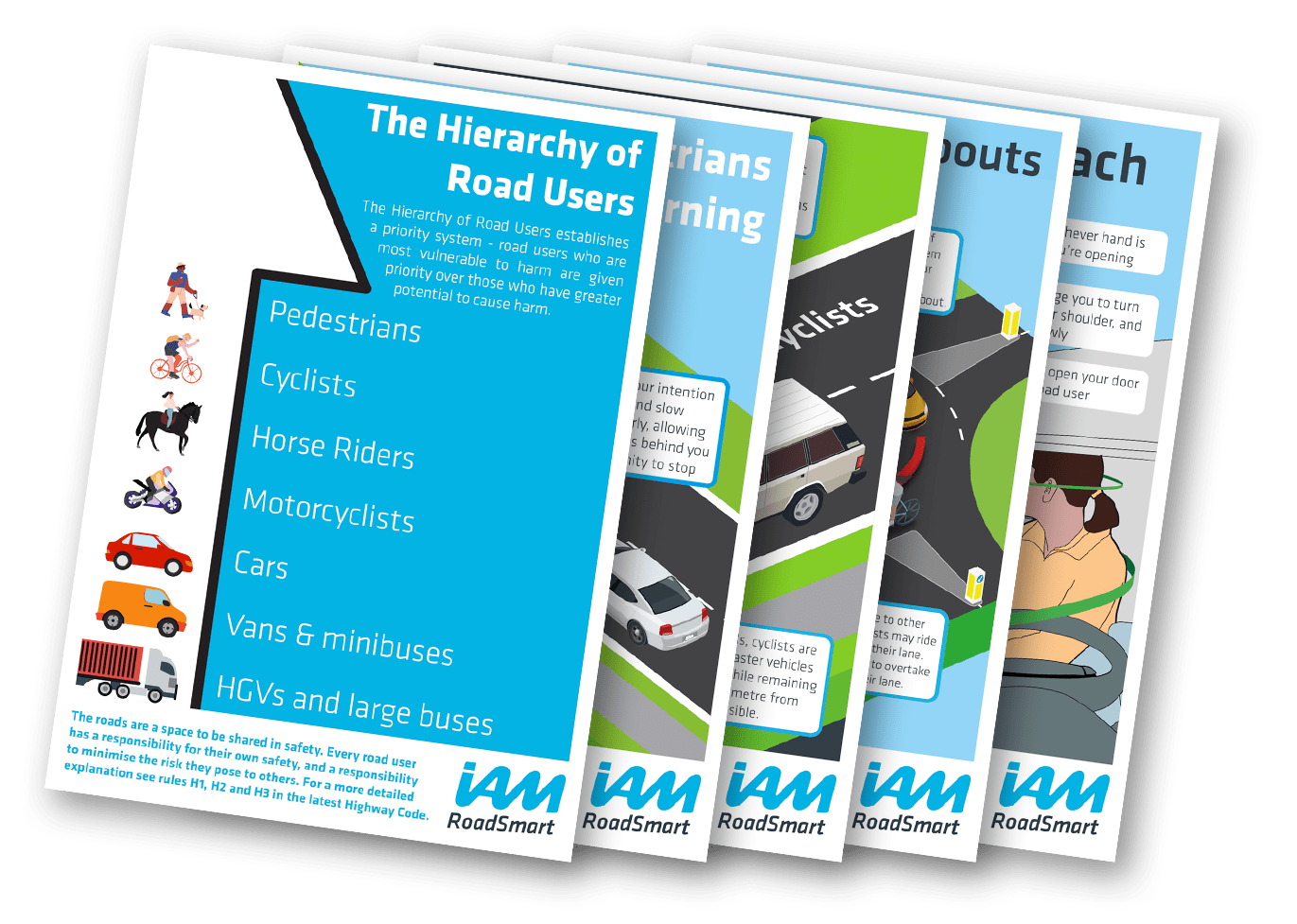
Almost two thirds (59 per cent) of UK motorists believe that there will be more conflict on the nation’s roads as a result of the introduction of the new Hierarchy of Road Users, according to a survey of 1,000 road users carried out by IAM RoadSmart in response to the latest updates to the Highway Code.
The new risk-based hierarchy – the biggest change to the new Highway Code launched at the end of January – states that road users with the potential to do the greatest harm will have the most responsibility to reduce the danger or threat they may pose to others.
The hierarchy has resulted in a greater responsibility for drivers of HGVs, vans, and other vehicle types that pose the most significant threat to vulnerable road users.
59 per cent of the 1,000 motorists surveyed said they believe that the new system will create more conflict on the roads, rather than making them safer. Meanwhile, only 6 per cent of motorists thought the new implementation would cause less conflict. 13 per cent believed nothing would change at all.
Under the new policy, pedestrians waiting to cross at a junction now have priority, meaning that vehicles turning in or out of the junction should give way to them. Over half of those surveyed (54 per cent) believe this new rule will cause more conflict, whereas only 15 per cent thought it would reduce incidents on the roads.
Responsibility sits with each road user to know how the new rules affect them, and how they should act in the safest way. Many of the rules are legal requirements and can carry fines and penalties if not obeyed.
Neil Greig, Director of Policy and Research at IAM RoadSmart, said: “It is concerning to see the number of motorists who believe the new rules implemented in the Hierarchy of Road Users will cause more conflict on our roads, rather than less.
“The changes to the Highway Code are a reminder to all road users to behave responsibly with a mutual respect for each other’s safety. The hierarchy offers clarity as to where priority should be given in various scenarios, so it is important for all road users to understand how the changes will affect them and others in real situations on the road.
“An upcoming Department for Transport (DfT) information campaign will hopefully go some way towards disarming the scepticism around these changes, by ensuring the proper messaging is getting through. However, we would urge the DfT to be more realistic about the impact that simply changing a seldom read document will have on the behaviour and safety of road users, and instead, roll out more intensive and timely campaigns to build awareness and confidence in the new code.”
For businesses, it’s crucial that each of their drivers has a good level of understanding of the Highway Code. While each driver is individually responsible for their grasp of the Code, employers are in a great position to facilitate this learning. If you’re a fleet manager, providing drivers with resources like printed versions of the Code, downloading our fleet safety posters, and setting aside small amounts of time specifically for learning, you can enhance road safety for all road users, give your own fleet safety a boost, and protect your organisation all at the same time.
An excellent and easy way to deliver training across fleets of all sizes, CHOICES is our online risk management and e-learning platform that you can use to keep your fleet low-risk and your drivers educated on subject like the Highway Code, as well as many more. For more information, get in touch.




